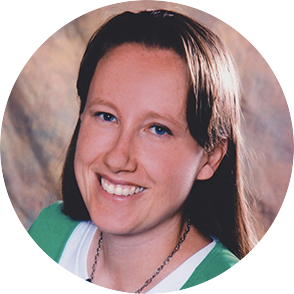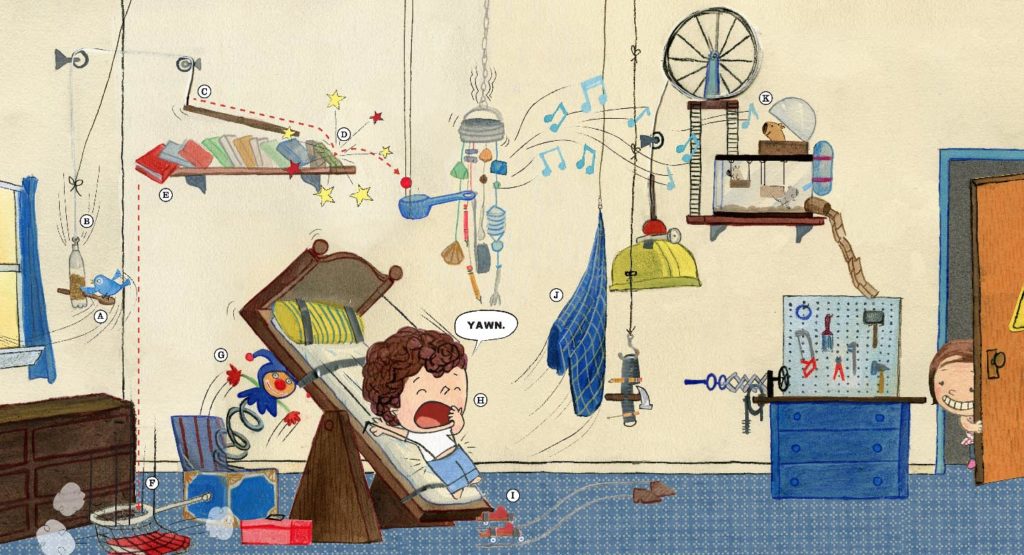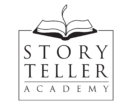Picture Book Revision Tips From Two Editors
- by Myrna Foster
- published
We’re halfway through the term, so there’s a good chance that you’re revising a picture book dummy or manuscript. That makes it the perfect time for some picture book revision tips!
I’m currently struggling with two that are in different stages.
The first one is nearly ready to query. But I’ve added over a hundred words in the last couple of weeks, so I’m making a dummy this week to see what I can cut. It’s always an eye-opening process.
If you’d like some tips on how to reduce your manuscript’s word count, Ariel Richardson and Melissa Manlove (two editors at Chronicle Books) give suggestions in the following video.
Picture Book Revision Takeaways
I think the way Ariel talks about ideal word counts for different types of board books and picture books is extremely helpful, as are the questions she asks. Do you have:
- Description that could be shown in the illustrations?
- Scenes that don’t further your plot?
- Characters who don’t further your plot?
- Dialogue tags that slow down the pace?
- Clear beginning, middle, and end?
Melissa points out that the more you leave out, the more space you’re leaving for the reader and the illustrator. Leaving that space for readers to find the story that they need will let more readers fall in love with your story (because then it will also be their story).
Ariel suggests that you paginate your manuscript and make a dummy, which is what I’m doing this week. This helps us determine if there’s the right amount of action for the illustrator to do something interesting with each page. It also shows us where we’re forcing too many words on a page and allows us opportunities to make page turns more interesting.
Unusual Structures
You many have noticed that Ariel used some picture books with different structures for her examples. She gives more examples of how you can organize picture books with unusual structures in the following video.
Your picture book might not have the three-act structure most commonly found in picture book stories. It might be more like one of the examples Ariel and Melissa discussed.
Or it might have a different story shape. Jim Averbeck discusses how to use different story shapes in the following video, giving examples.
There really isn’t a one-size-fits-all solution for revising stories. I’ve written a lot of stories, and each story manifests in a slightly different way. I end up adding and cutting and cutting and adding until every word has earned its right to be there. So, I’m going to end with Melissa’s answer to a Submission Ready student's question: “At what point do you move from big picture thinking to the sentence details and page turns?”
So, if you are struggling with your story right now, try playing. You never know which thing is going to make it come together.
Thanks for reading!

Myrna Foster
Myrna Foster writes and edits content for Storyteller Academy and the WriteRiders Newsletter for SCBWI Nevada. She has spent a lot of time teaching and coaching children, including five years as a preschool teacher. She's also worked as a journalist, and Highlights High Five has published six of her poems.

FREE DOWNLOADABLE RESOURCES
Find them HERE

Learn how to write your children's book from professional, award-winning authors and illustrators
in your own time, at your own pace.
JOIN OUR COMMUNITY
Your creative village is waiting for you HERE.
And it's free!
FEATURED

How to Write Children's Books in 7 Steps
EXPLORE
RECENT POSTS
Instructor Stories: Darcy Pattison
Instructor Stories: Baptiste Paul
Instructor Stories: Isabella Kung
Challenges & Twitter Events for Kidlit Creators
Use Mentor Texts to Write Chapter Books

